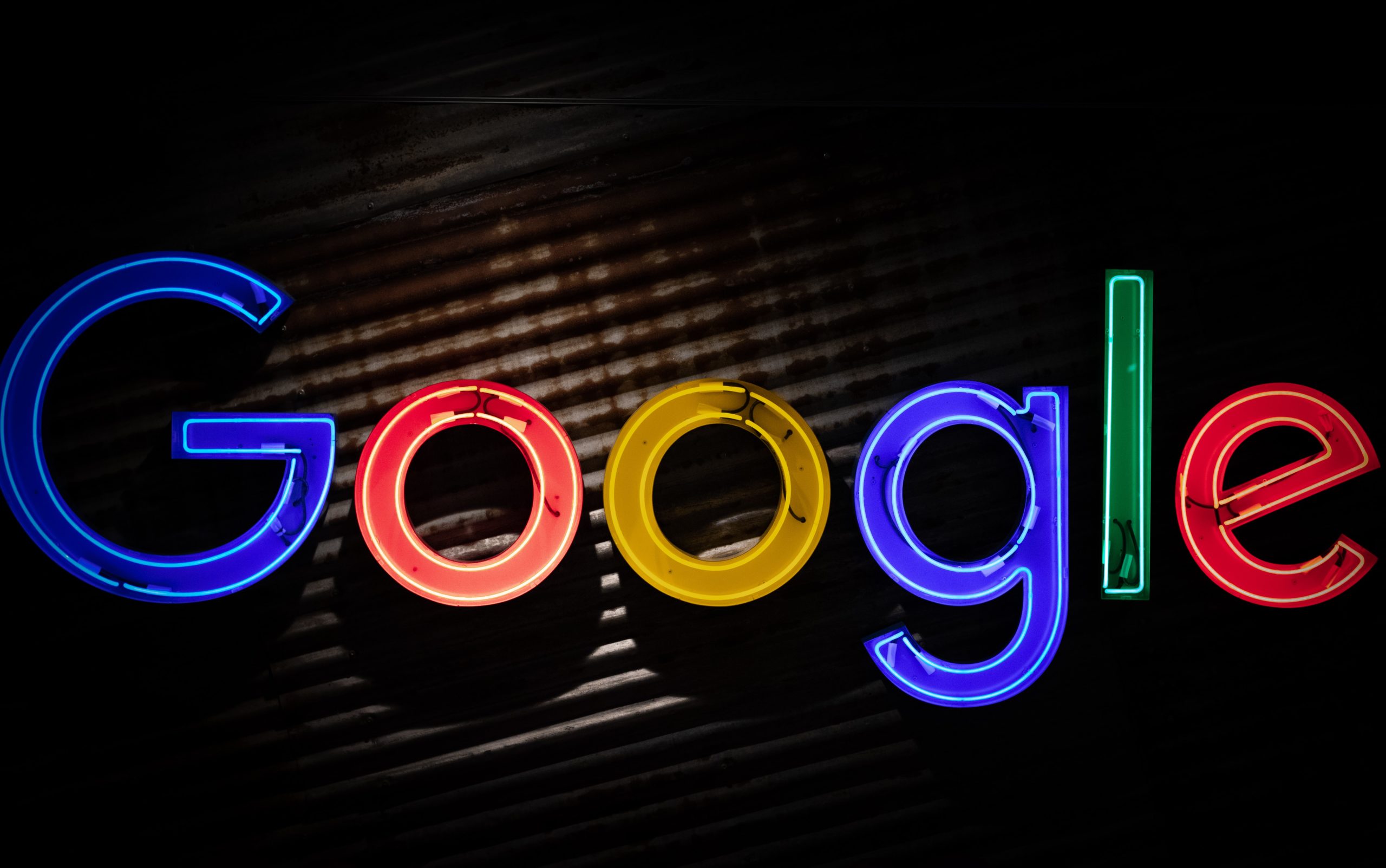Managers of Google Ads accounts were surprised recently when Google began to gradually roll out a new feature, optimized targeting, apparently with little fanfare. It’s important that Google Ads users understand what’s going on with optimized targeting. The new feature may provide benefits but also higher costs for performance marketers. Let’s take a closer look.
What Is Optimized Targeting?
According to Google, optimized targeting helps businesses using Google Ads to reach new and relevant audiences who are likely to convert. Optimized targeting looks beyond manually selected audience segments in a campaign in order to find audience segments that an advertiser might have missed. The overall goal of optimized targeting is to improve the campaign’s performance.
When Should a Business Use Optimized Targeting?
Per Google, optimized targeting works best when a business wants to expand an audience segment most likely to convert, acquire new customers (beyond existing segments), identify new audiences who will perform well for an existing campaign, and increase conversions without increasing bids or the cost per customer. A recent Search Engine Land article notes that optimized targeting is beneficial if an advertiser is not sure who their audience is.
What’s the Difference Between Optimized Targeting and Audience Expansion?
Many advertisers already use the Google Ads audience expansion feature to expand an audience segment. Audience expansion does so based on an advertiser’s manually selected audience segments. Optimized targeting uses real-time conversion data to find more users who are more likely to convert.
Google cites the hypothetical example of a business that wants to attract people to the upcoming launch of a new running shoe. The business targets people using two audience types: a custom segment based on top performing keywords from their search campaigns (e.g., “running shoe sale”), and the “athletic footwear” in-market segment. Audience expansion and optimized targeting may handle the company’s campaign as follows:
- Audience expansion: in addition to the business’s manually selected audience segments, audience expansion includes similar segments such as the “trainers sale” custom segment and the “sporting goods” in-market segment.
- Optimized targeting: optimized targeting expands to users who are likely to convert by creating a profile of what a converter looks like based on real-time conversion data. For example, that data could include Google searches for specific running shoe brands or clicks to a popular sportswear website. While advertisers’ manually selected audience segments provide a starting point, optimized targeting looks for conversions outside of their selected segments.
According to Google, Discovery and Video campaigns that use audience expansion will transition to optimized targeting.
How Do I Get Started Using Optimized Targeting?
If you manage a Google Ads account, Google already got the ball rolling for you by enabling optimized targeting for all campaigns automatically. And you might encounter an initial fluctuation in your Google Ads costs as a result. Per Search Engine Land, “This could potentially be an expensive option if your budget is lower as your initial conversion quality could fluctuate as the data is collected and optimized targeting figures things out.”
What if you don’t want Google to automatically enable optimized targeting? To disable it, you need to change your ad group settings. If an ad agency manages your account for you, ask them how they are managing this feature and the impact on your budget. At True Interactive, we’re keeping a close eye on this new feature and protecting our clients’ budgets.
Our advice to advertisers who use Google Ads:
- Watch your account closely. As Search Engine Land reported, managers of Google Ads accounts began to notice the roll-out of optimized targeting through a new “Signal” indicator that appeared in their Google Ads account.
- Watch your budget closely. As noted, the automatic roll-out of optimized targeting could create an increase in costs.
- Work closely with your ad agency partner to understand what’s happening and why. If you work with Google directly, reach out to your Google rep and ask for clarity about any future product changes in store.
Contact True Interactive
To succeed with online advertising, contact True Interactive. Read about some of our client work here, and learn about our services here.
